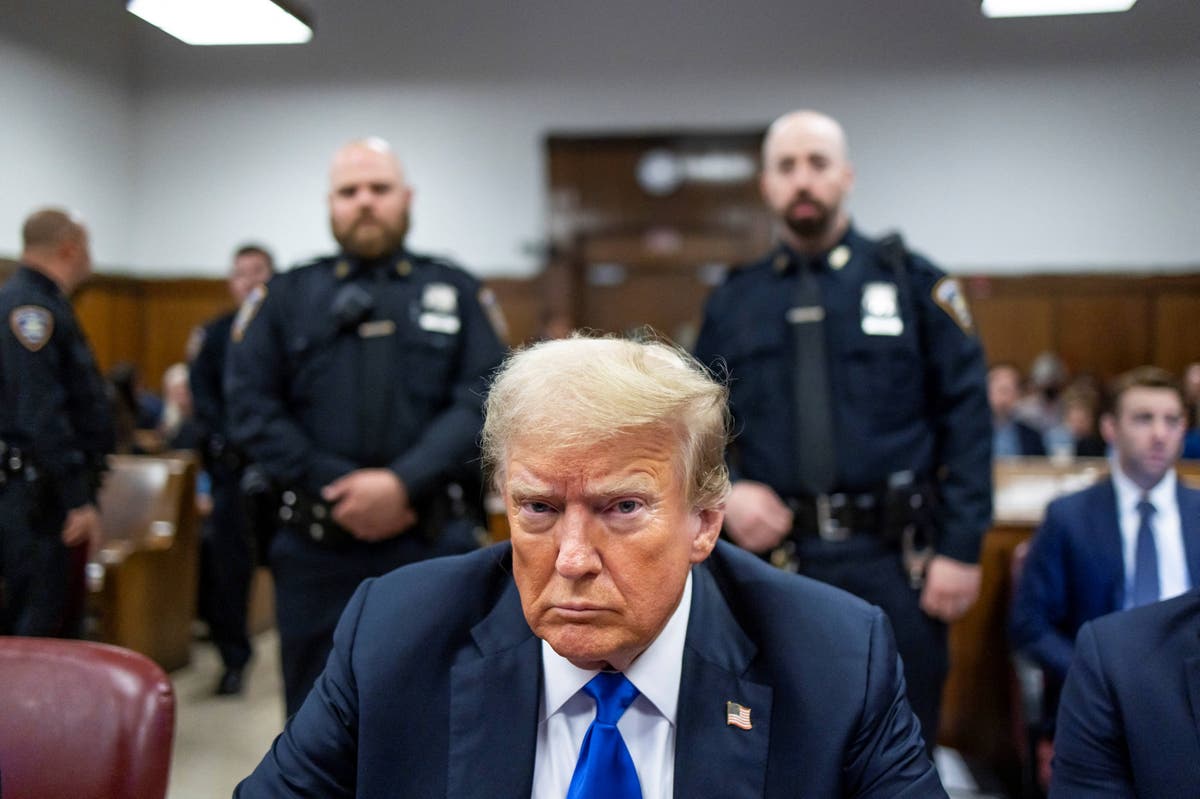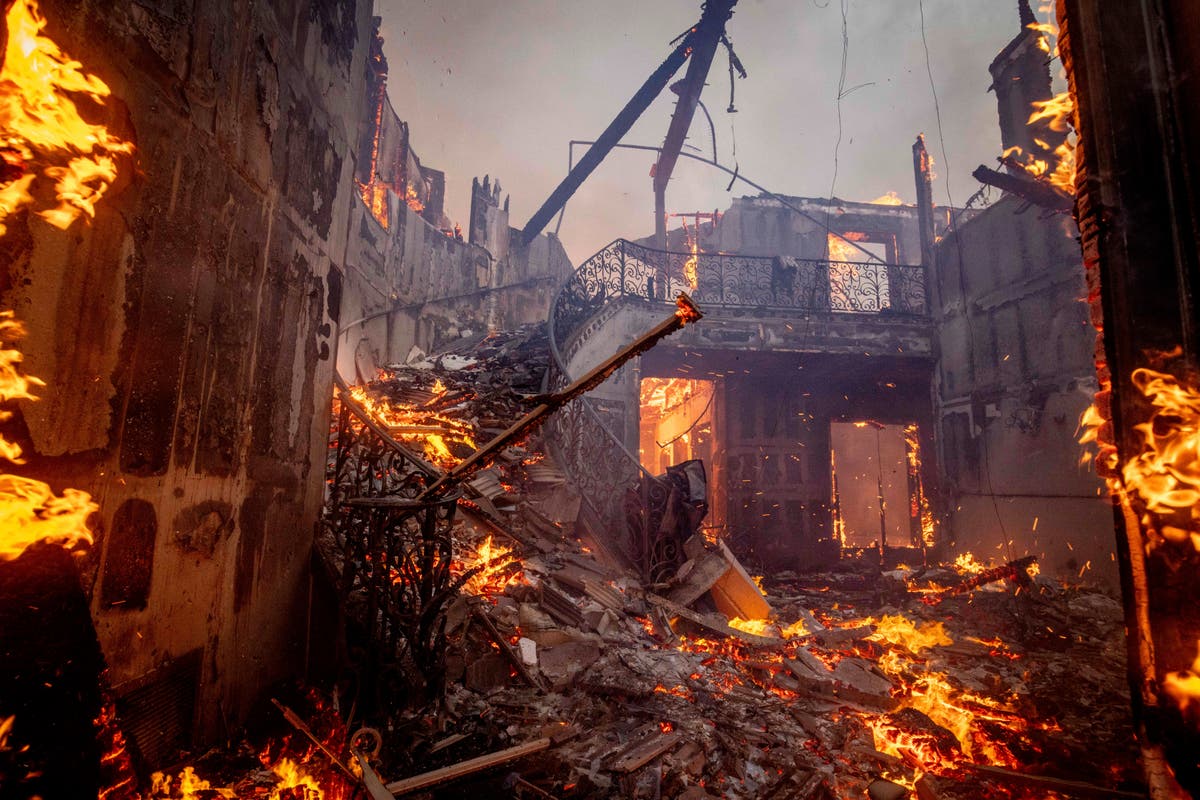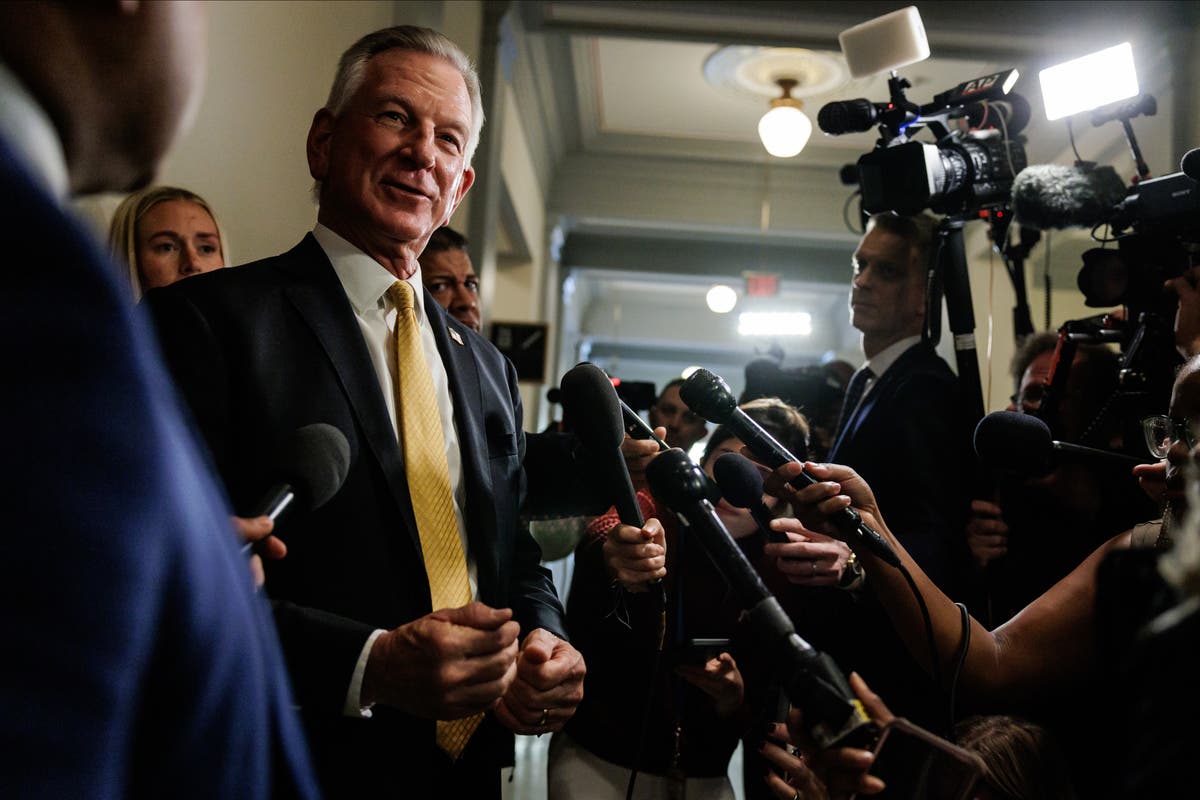Canadian Prime Minister Justin Trudeau announced his resignation as leader of the Liberal Party on Monday. This comes amidst growing internal pressure within his party, compounded by the looming trade threats from the incoming U.S. President Donald Trump. Trudeau cited internal party conflicts as the reason for his decision, stating that he could no longer be the best candidate for the next election. He will remain Prime Minister until a successor is chosen.
Trudeau's resignation follows a period of intense political pressure. The Liberal Party has fallen significantly behind the Conservative Party in recent polls, a factor likely contributing to the growing calls for his departure. This pressure intensified after U.S. President-elect Donald Trump's repeated threats of tariffs on Canadian imports and his public pronouncements, including characterizing Canada as the "51st state."
The potential fallout from Trump's trade policies fueled internal divisions within Trudeau's party. The resignation of Deputy Prime Minister Chrystia Freeland over disagreements on how to handle the tariff threats further eroded confidence within the Liberal Party.
Trudeau's nine-year tenure as Prime Minister concludes with his resignation, effective once a successor is elected. The Liberal Party will now engage in a nationwide selection process to find a new leader. Potential candidates are already emerging, each with varying policy positions and leadership styles.
Several factors have contributed to the current political landscape. The cost of living crisis has likely affected public opinion, diminishing support for the Liberal Party. Trump's tariff threats and rhetoric have added fuel to the fire, creating a perfect storm for Trudeau's resignation.







